After a few stormy days in Charleston, South Carolina, we finally got some nice weather and blue skies to do some sightseeing around the city. Walking to the French Quarter took about 30 minutes from the marina, so Eitan and I followed a path suggested by some self-guided walking tours to see some famous sites including the pineapple fountain, rainbow row, and the historic marketplace. Historically, Charleston was most notorious for its slave trading port and almost half of all slaves imported into the US arrived there. Also, South Carolina was the first state to secede from the Union and the first shots of the Civil War were fired in Charleston. Today, Charleston is famous for its restaurant scene along King Street, but most of all, I really enjoyed wandering the neighborhood streets, admiring the beautiful old historic houses and learning about their famous residents.
Our initial plan was to only stay in Charleston for a couple of days and then embark on our next overnight passage, continuing north. Due to the lingering winds and offshore weather resulting from Tropical Storm Claudette, it seemed we would have to stay put for a little bit longer. Lucky for us, the marina hosts a happy hour twice a week for anyone staying on the dock. Eitan and I showed up for our free drinks and listened to many different and colorful stories shared by the other crew and sailors, and shared a few of our own.
We struck up a conversation with the crew of another boat that had just arrived that morning. Like us, they had also left from West Palm Beach, Florida but it had taken them almost 20 days to get up to Charleston because of a flurry of issues plaguing the boat and crew. Their cascading series of problems reached its climax the night before when they discovered their engine room submerged with several feet of water, extending halfway up the engine. Since the electric bilge pumps weren’t working, one crew member began scooping buckets of water out of an access hatch while the captain tried to find the source of the water intrusion. The boat was hit by a large wave, slamming the access hatch onto the crew member’s hand, breaking his finger, and causing more water to rush into the engine room. With all the incoming water, the captain’s PFD inflated, causing him to be lodged in the sinking engine room and he had to cut his way out.
Now experiencing every boater’s worse nightmare, the captain instructed the crew to prepare to abandon ship and the captain made a mayday call, but unfortunately rescue services were not immediately available and unable to reach the boat in time. The crew tried to deploy the life raft, but somehow accidentally activated it on deck where it got hung up and was unable to reach the water. Eventually they found the source of the water, which was coming from a blown heat exchanger cap, and they were able to anchor in shallow water and wait until being rescued the following day, without sinking. The next day, we saw them as they entered the Charleston marina, getting towed in by a towboat. The story seemed to be one worst case scenario followed by another and I could see the judgement in Eitan’s face as he listened to the story, knowing most of it could have been avoided, or at least mitigated, with proper safety practices. It was a good reminder for me that not all captains and crew were made equal and I said a silent “thank you” to the universe for pairing me up with Eitan.
Taking advantage of the down time in a major city, the owners notified us that the wife would be leaving the boat for two weeks to visit family while we continued to move the boat further up the eastern seaboard. Although a lastminute decision, this was not much of a surprise to us, since the owners didn’t seem too keen on the long passages, especially the overnight watches. (In all fairness, long passages aren’t quite my cup of tea either.) While Nordhavn’s are great for fuel efficiently, only consuming about 8 gallons of diesel per hour, they are not great for getting anywhere fast with an average cruising speed of 8 knots, or 9 mph. By comparison, other motor yachts of a similar size can consume 60 to 80 gallons per hour with a cruising speed of 20 to 30 knots.
Tasked with the mission of getting us up to New York in two weeks to pick up the Mrs., Eitan planed a route that included four legs alternating 1.5 days at sea followed by 1.5 days of rest at anchor. The day after her departure, the husband’s brother-in-law arrived as our new crew member and the following day we pulled the lines and fenders and set off for North Carolina. Unfortunately, the seas weren’t as flat as they had been for the previous passages and everyone, except Eitan, experienced a certain degree of seasickness. I was surprised that I felt it too because I hadn’t been seasick at all on S/V Sierra Wind, even in the worst conditions. I think it may be because, on a sailboat, you can feel the relationship between the wind, the waves and the overall motion of the boat. But on a motor yacht, you can’t feel any of those things and the stabilizers that help to reduce rolling and keep the boat upright also create an artificial motion on the water that is hard for my body and equilibrium to anticipate.
Lucky for us, the wife had been making extra meals and freezing them, so we had plenty of leftovers thawed out and ready to go during the passage. The time passed by slowly but we eventually pulled into Cape Lookout, North Carolina and dropped the hook. Welcomed by blue skies and clear water, we could finally relax and take a swim!

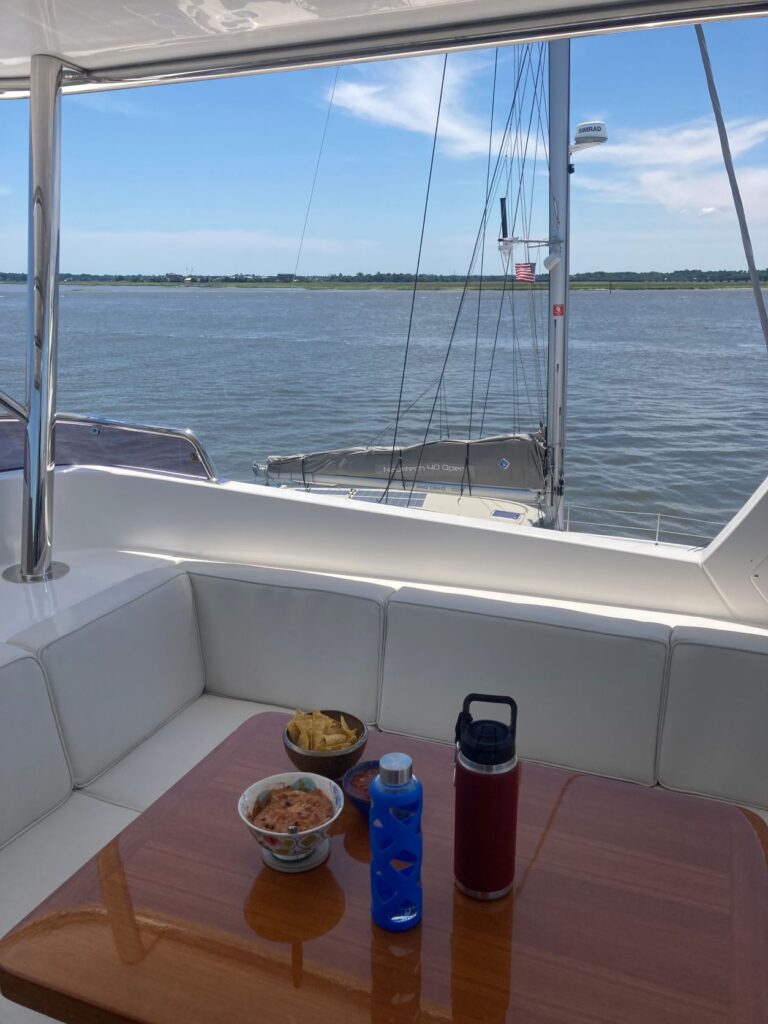
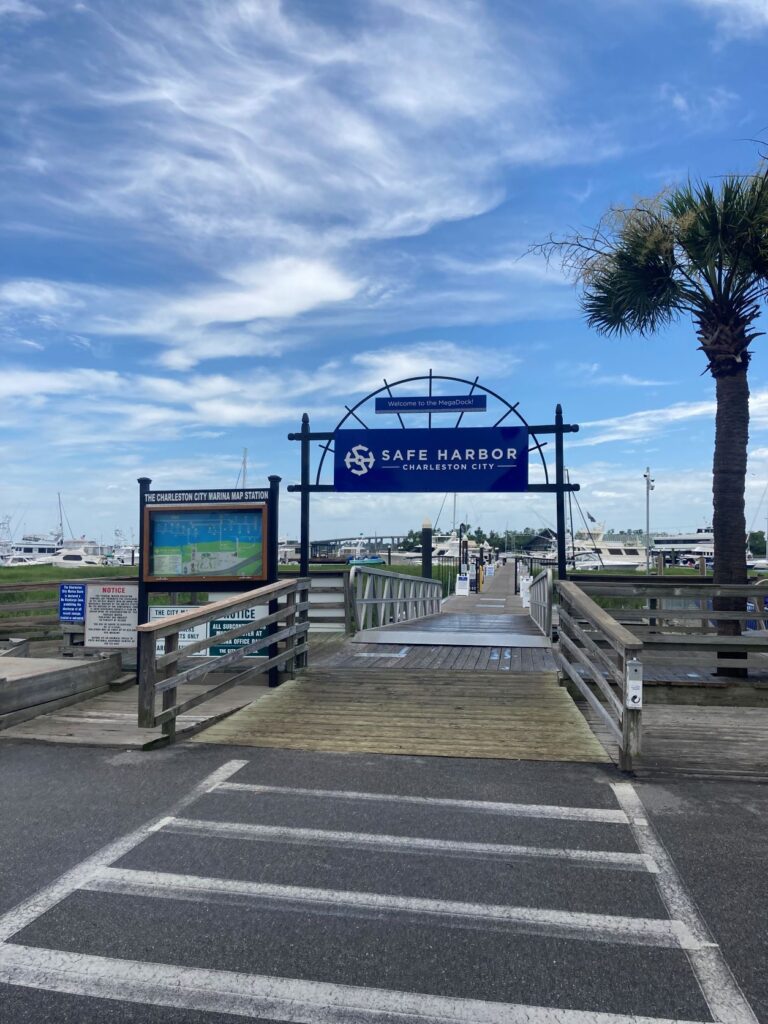

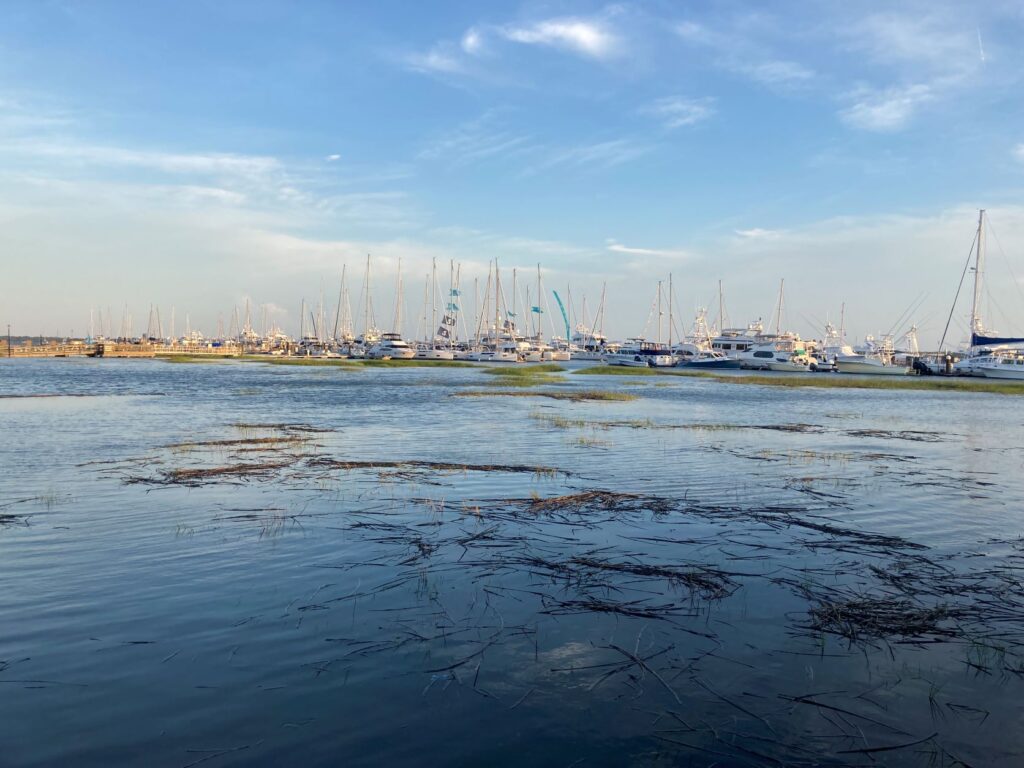
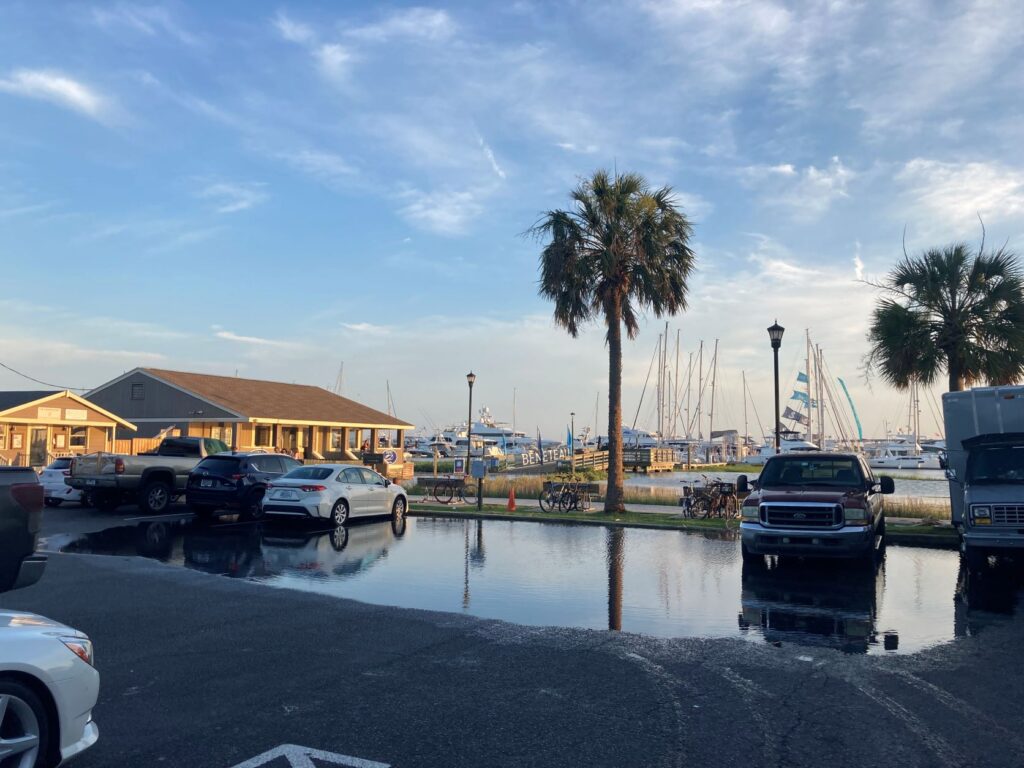
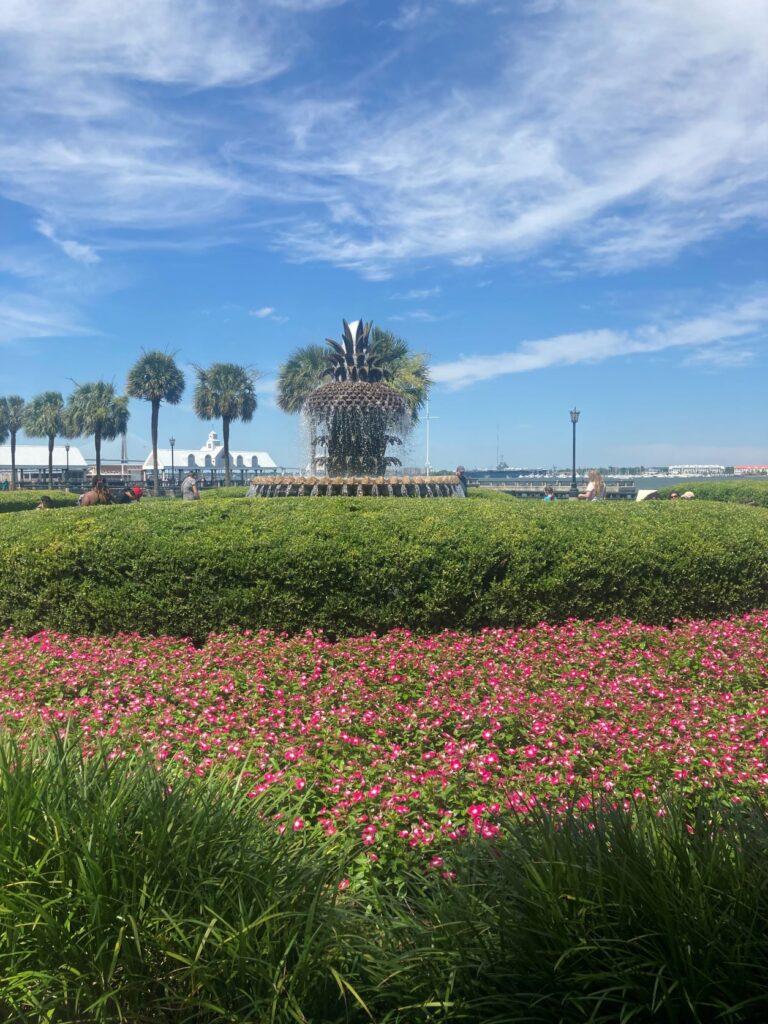

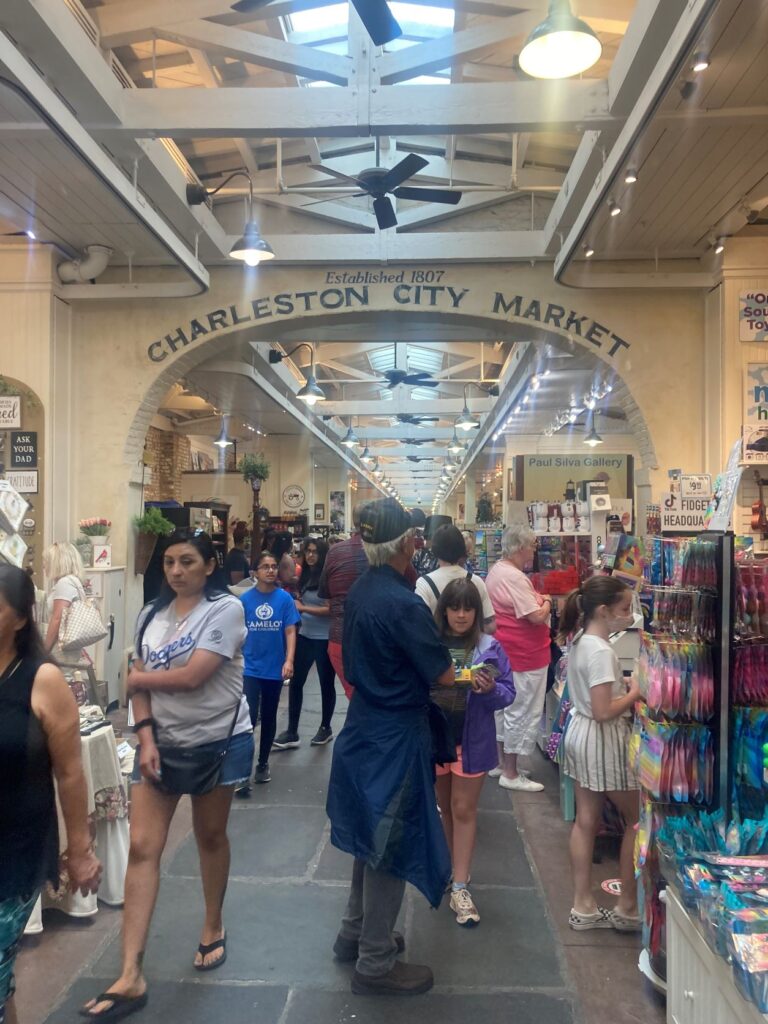


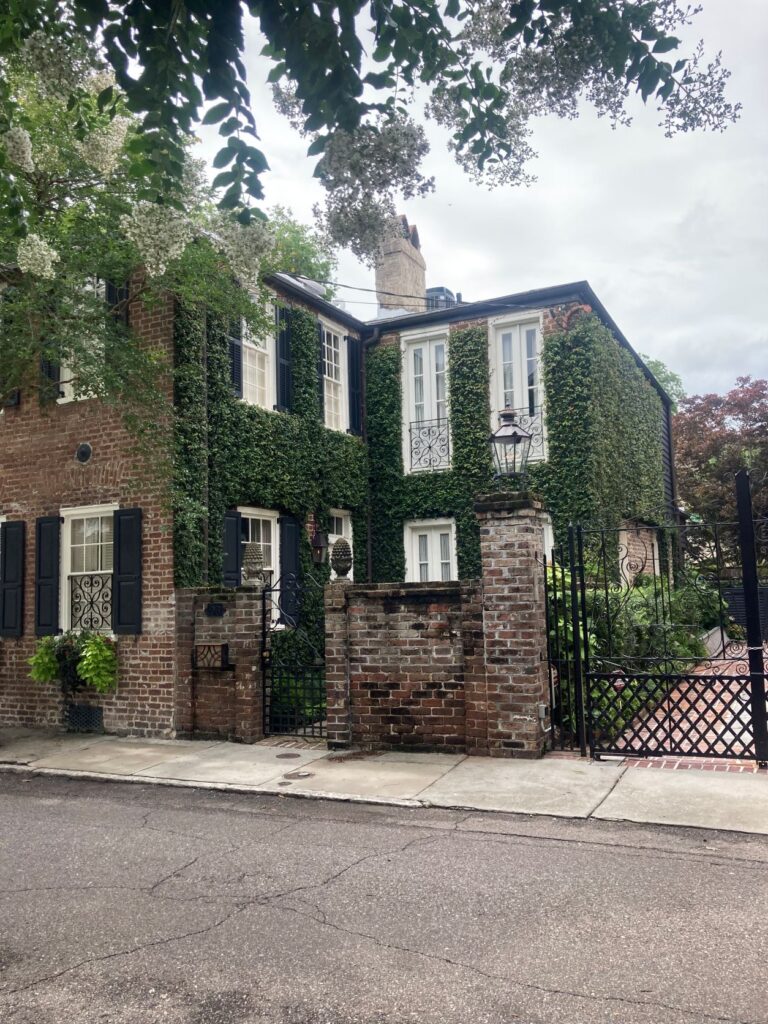

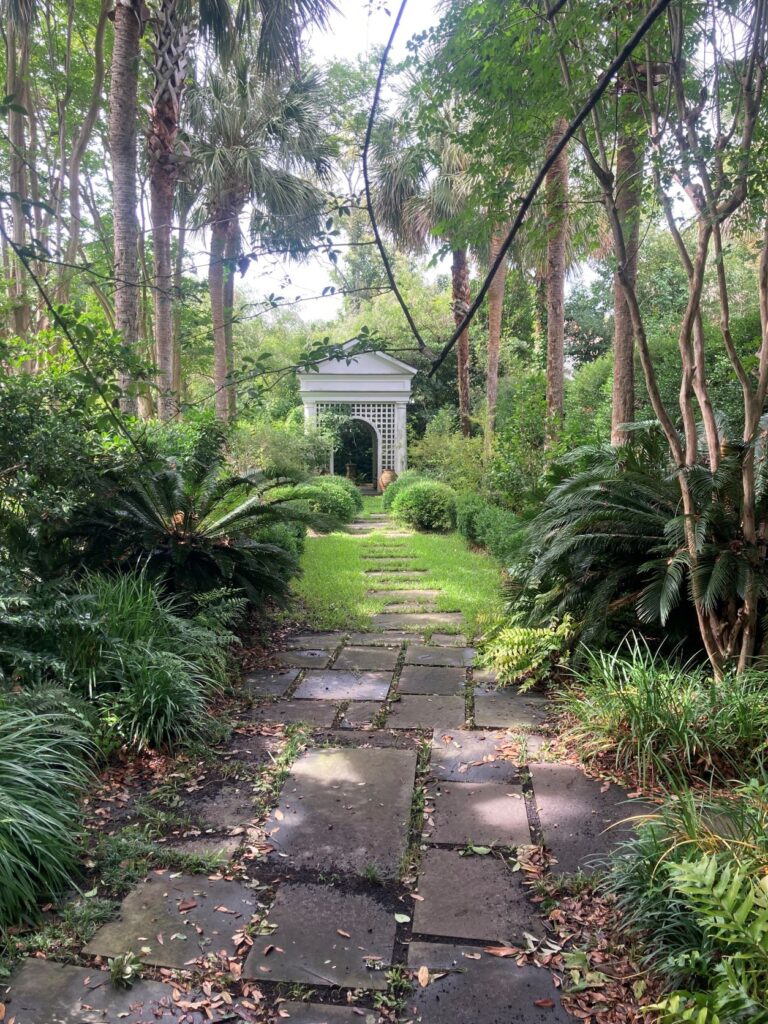
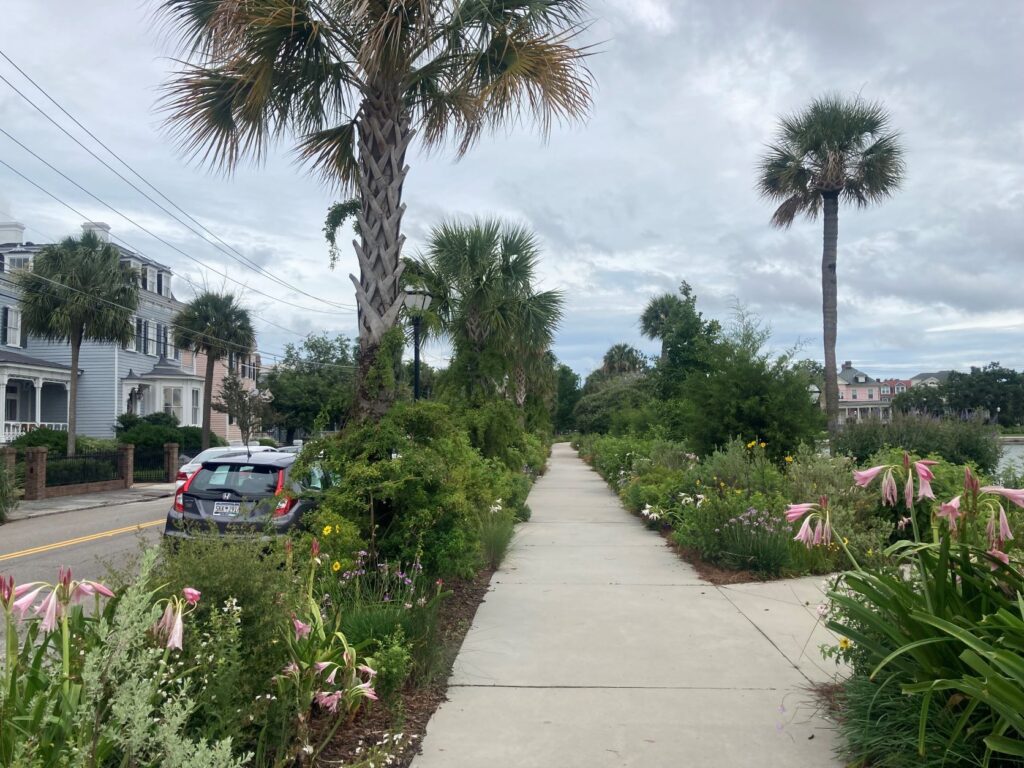
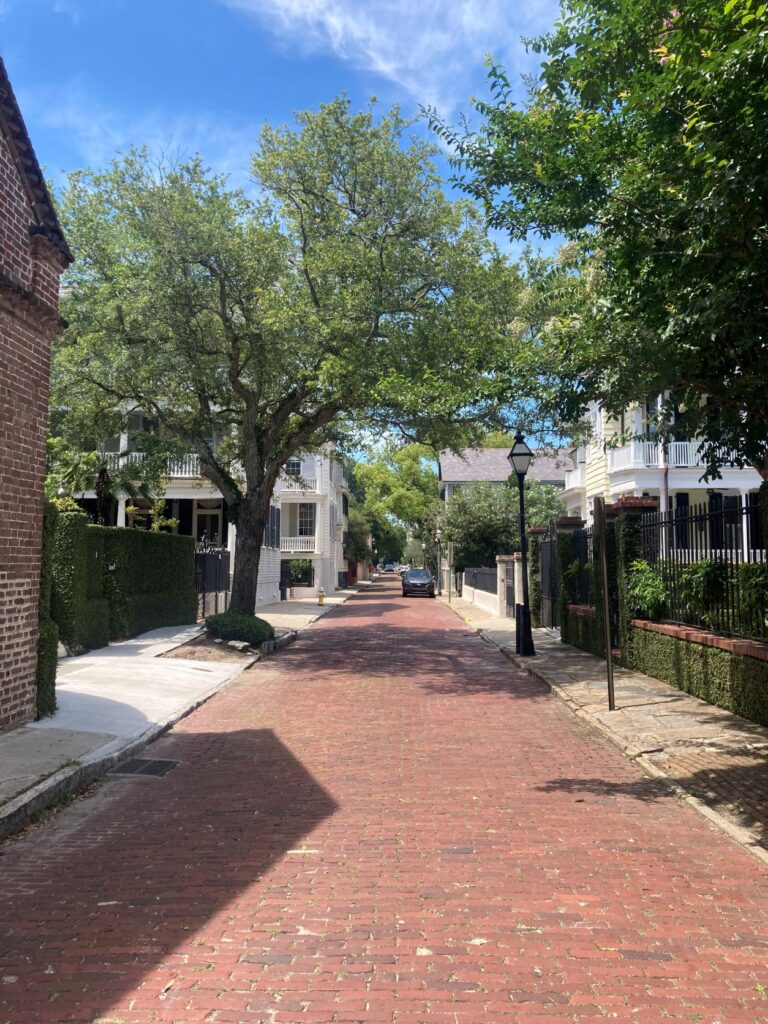
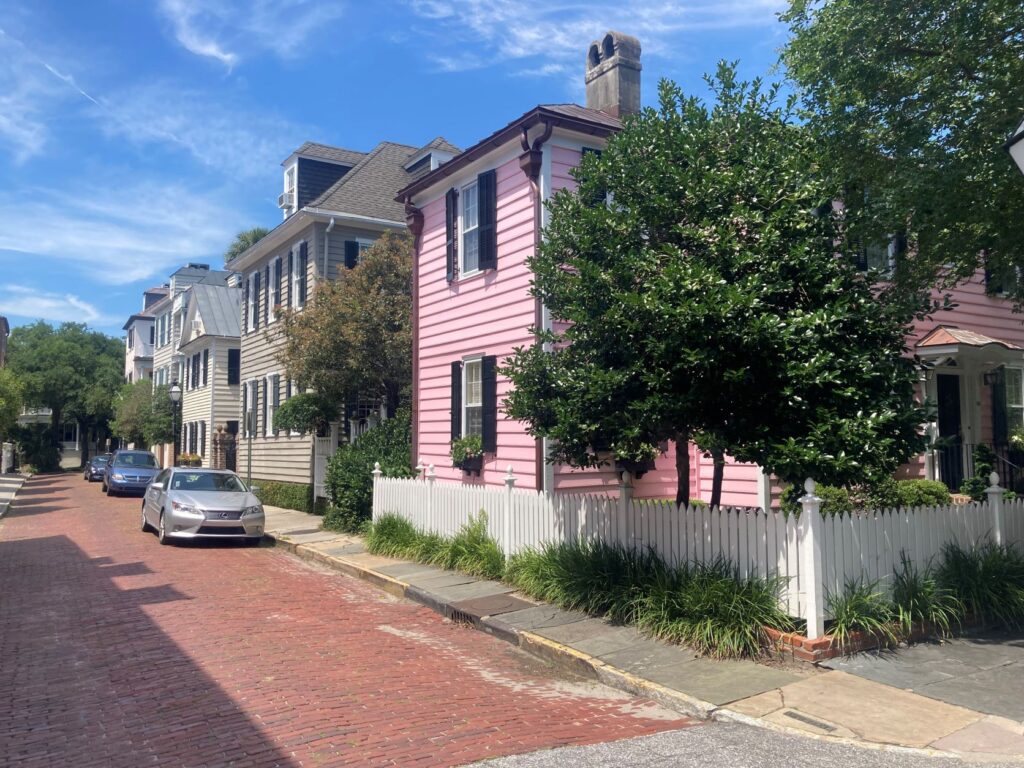



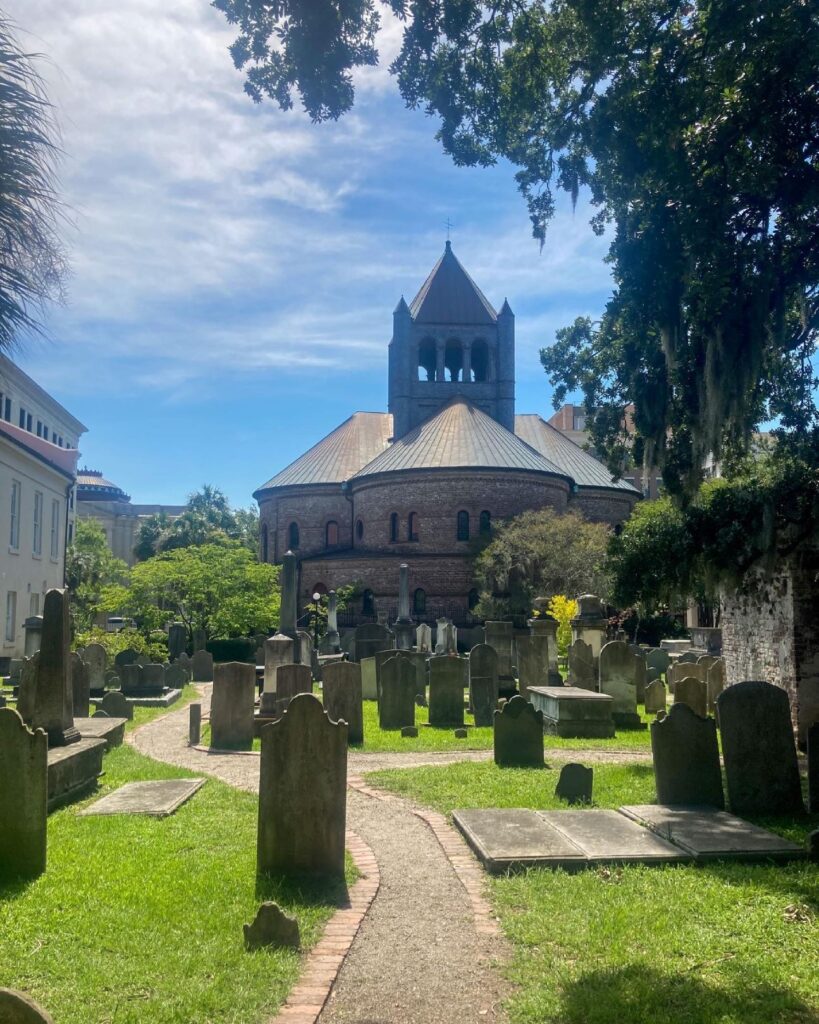


Gorgeous photos